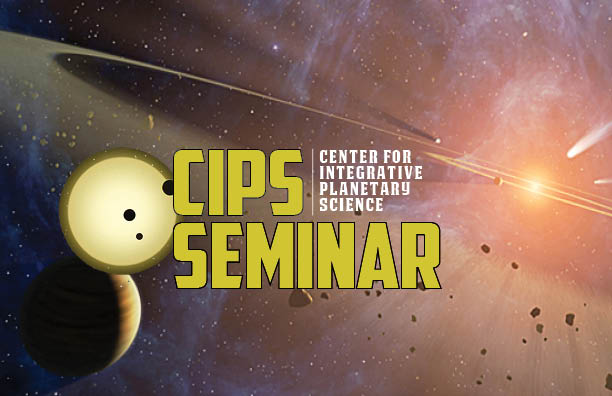Orbital and Tidal Evolution of Enceladus
Wed, January 27, 2016

Activity on Enceladus is closely linked with its orbital evolution, which is driven by tidal effects within both Saturn and Enceladus. The basic picture is that Enceladus migrates outward due to tidal dissipation within Saturn. The outward migration drives Enceladus into a 2:1 mean motion resonance with Dione, which excites the eccentricity of Enceladus. The finite orbital eccentricity leads to tidal flexing of Enceladus, generating frictional heating within its interior. To initiate an internal ocean, the tidal heating power has to reach roughly 10 GW. This requires the outward migration rate of Enceladus to be larger than conventional expectations but comparable to recent measurements. We discuss the possibility that Enceladus' migration is caused by resonance locking with Saturn's internal oscillations, which can resolve problems arising from conventional tidal theories. We also discuss limit cycles of melting and freezing on Enceladus, triggered by runaway heating and cooling due to the interaction between tidal heating and Enceladus' internal rheology. Freezing events can produce global cracks on the surface through which water plumes are ejected. In the absence of such limit cycles, Enceladus may have passed through its 2:1 mean motion resonance with Dione and lost the energy resource for tidal heating, and all the fantastic thermal activities we observe would be extinct.
